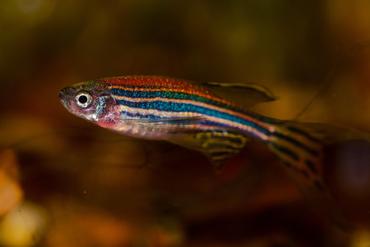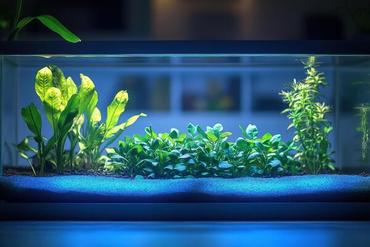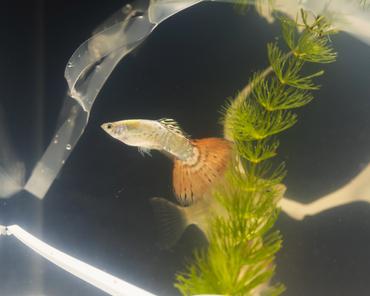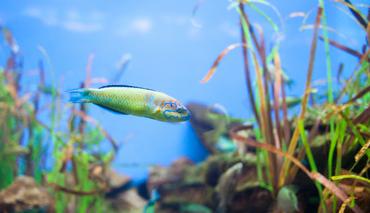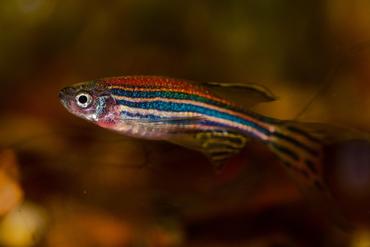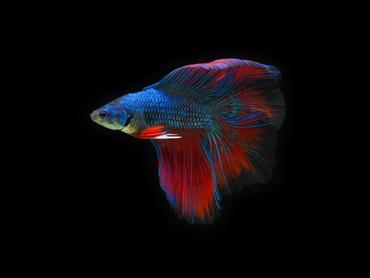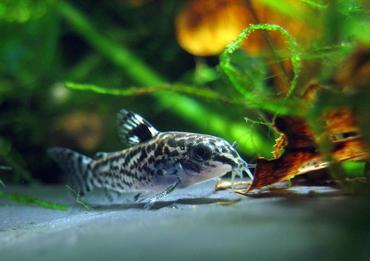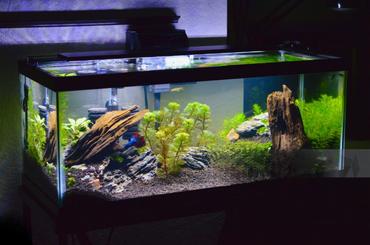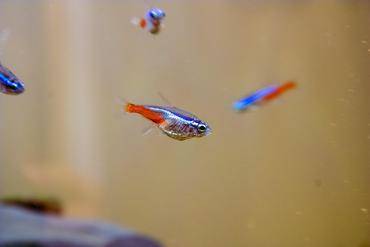WHAT IS DRIFTWOOD DOING IN YOUR TANK?
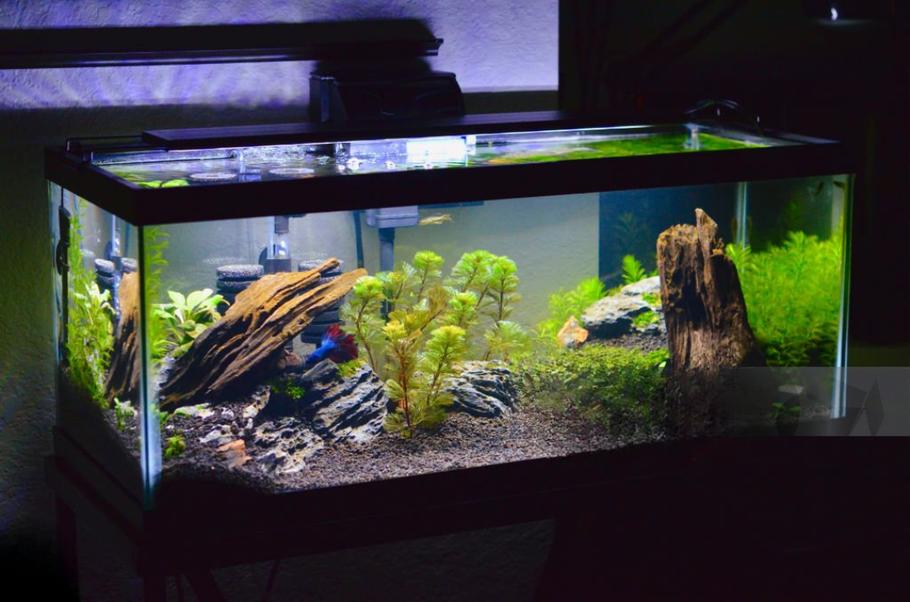
Introduction: Why Add a Piece of Wood to Your Tank?
If you're new to aquariums, you might wonder why so many hobbyists place strange, twisted chunks of wood inside their fish tanks. It’s not just for looks — driftwood plays an important role in freshwater aquariums.
From creating natural hiding spots to supporting beneficial bacteria and even changing water chemistry, driftwood is more than just decor. In this article, we’ll break down why driftwood matters, which types are safe, how to prepare it, and what fish benefit most from having it in their tank.
1. Why Driftwood Is More Than Just Decoration
Yes, driftwood looks great — but it also brings several practical benefits to your freshwater aquarium:
- Shelter and Security: Fish like Plecos, Catfish, and Loaches love hiding among the twists and crevices. It reduces stress and aggression.
- Natural Filtration: Driftwood supports colonies of beneficial bacteria that help break down waste.
- Tannin Release: Some types release tannins that slightly lower pH and soften water — ideal for many tropical species.
- Mimics Natural Habitat: Driftwood recreates the feel of streams, rivers, and jungle environments, especially for South American or Southeast Asian species.
Just remember: not all driftwood is created equal, and you can’t use just any wood you find outside!
2. Types of Aquarium-Safe Driftwood
Here are the most popular and safe types of driftwood for freshwater tanks:
Malaysian Driftwood
- Dark, dense, and sinks easily without pre-soaking
- Great for tannin release (can darken water)
- Ideal for blackwater setups or fish like Discus and Tetras
Mopani Wood
- Beautiful two-tone look
- Very dense and hard — sinks fast
- Releases lots of tannins at first but slows over time
Spider Wood
- Thin, twisted branches — great for aquascaping
- Floats initially, requires soaking or anchoring
- Less tannin release
Cholla Wood
- Hollow, lightweight, and great for shrimp tanks
- Breaks down faster than other types (not long-term)
- Excellent for biofilm growth (shrimp love it!)
Avoid:
- Softwoods (pine, cedar) — contain sap and resins
- Untreated or painted wood
- Found wood from outdoors unless you’re 100% sure it’s safe and prepared properly
3. How to Prepare Driftwood Safely Before Adding It to Your Tank
Driftwood needs prep — skipping this step can cloud your water, harm your fish, or grow mold. Here’s how to do it right:
Step 1: Scrub It
Use a stiff brush and hot water to remove dirt, algae, or bark. No soap!
Step 2: Boil It (If Possible)
Boiling for 1–2 hours helps:
Kill parasites or fungi
Soften wood
Speed up tannin release
Tip: If it’s too big to boil, soak it in a bucket or tub for several days to weeks. Change water daily until it runs clear.
Step 3: Anchor It
- Some driftwood floats at first. Use:
- Rocks
- Fishing line
- Stainless steel screws into slate
- Let the wood become waterlogged over time and it’ll sink on its own.
4. Fish That Love Driftwood (And Some That Don’t)
Many tropical fish species love the shelter and chemical benefits of driftwood. Here are a few top examples:
Driftwood-Friendly Fish:
- Plecos: Especially Bristlenose — they rasp on wood fibers for digestion
- Tetras: Prefer slightly acidic, tannin-rich water
- Discus: Thrive in soft, low-pH environments with driftwood
- Corydoras: Use driftwood as a hiding place during rest
- Shrimp: Cholla wood is a shrimp playground!
Use With Caution:
- Goldfish: May chew or uproot wood, prefer higher pH
- African Cichlids: Prefer hard, alkaline water — driftwood may lower pH too much
- Fish Needing Clear Water: Tannins stain the water amber — great for some, not for others
5. Common Beginner Mistakes with Driftwood
Avoid these issues when adding wood to your tank:
- Not soaking or boiling — causes clouding, fungus, or even harmful spikes in ammonia
- Using outdoor or untreated wood — may introduce toxins or pests
- Expecting it to sink right away — some types need weeks to saturate
- Using too much at once — can crash your pH if you're not monitoring
6. Does Driftwood Affect Water Chemistry?
Yes — especially tannin-heavy woods like Malaysian or Mopani.
These woods release:
- Tannic acid — lowers pH slightly
- Humic substances — soften water
This makes driftwood perfect for softwater fish from regions like the Amazon. But for hardwater species (like African cichlids), it's best to avoid driftwood or choose low-tannin types like Spider Wood.
Tip: Monitor pH weekly when adding driftwood for the first time.
Conclusion: Is Driftwood Right for Your Tank?
Driftwood is more than just an eye-catching natural feature — it improves your tank’s health, reduces fish stress, and creates a more authentic ecosystem. Whether you're building a blackwater jungle tank or just want something beautiful and functional, adding the right type of driftwood can transform your aquarium.
Next Step: Try Malaysian or Mopani driftwood if you’re new, and always prep it before placing it in your tank!

